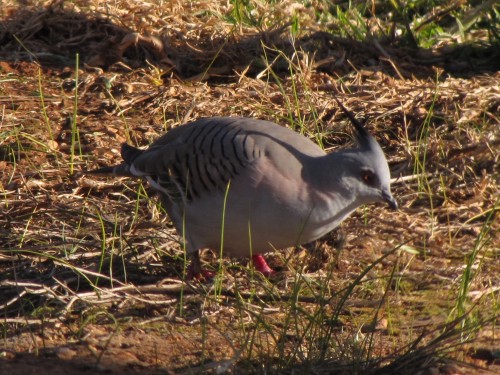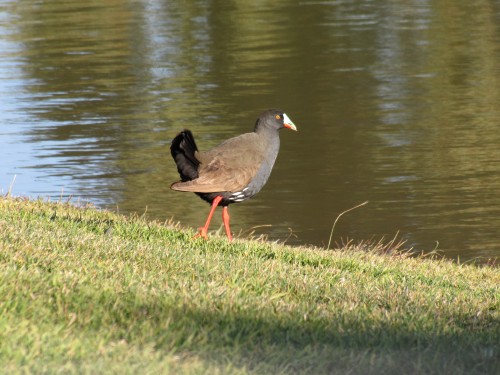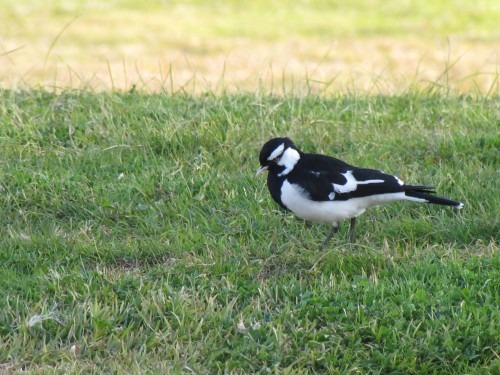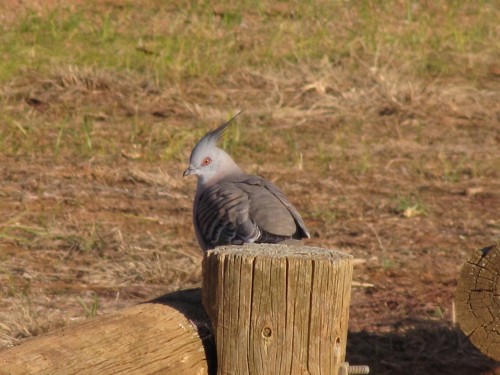Random bird photos at Peterborough
Over recent days I have posted a few photos of some birds taken on a recent visit to Peterborough. On this visit we were visiting relatives for a few days. Peterborough is in the mid-north of South Australia. One of the spots I always like to check out is Victoria Park near the swimming pool and caravan park.
Many years ago the local council made a very pleasant park, including lawned picnic areas, barbecue facilities and an artificial lake. This water attracts quite a range of water-birds as well as providing drinking water for many of the local bush species such as pigeons, honeyeaters, ravens and magpies.
Today I thought I would share some random photos taken on this most recent visit.
Tawny Pipit, Ethiopia
On my trip to Africa last December I had a few problems identifying some of the birds I saw. This is not unusual when one is in unfamiliar territory. It even happens to me here in Australia when I visit places I may only go occasionally, or for the first time. Contrasting with that is at home where I am immediately aware of any strange bird call in our garden.
While visiting our daughter who was teaching last year in Addis Ababa, we went on a day trip north of the city to a locality known as Portuguese Bridge. Along the way we stopped at a lookout and I managed 2 quick photos of the bird shown today. I am not absolutely certain I’ve got the identification right but the closest I can come is Tawny Pipit.
It was certainly behaving like a pipit, feeding on the ground, constantly bobbing and running along the ground. The area was quite rocky and in parts bare of much grass. I’ve eliminated all of the other pipits found in the area because the throat has no streaking. The only other possibilities (I think) could be a chat or one of the larks.
If any of my readers has more knowledge of the area, or experience with these species, I’d appreciate comments and a more definite ID.
Magpie Lark washing its food
In recent weeks we have had a minor locust plague. They weren’t in numbers sufficient to cause us great inconvenience, not like some other rural areas of South Australia in recent months. As they moved in we were delighted to see some of our resident Australian Magpies gorging themselves on this feast.
A few days ago, however, we saw an Australian Magpie Lark catch a locust and bring it to one of our bird baths. We were having lunch at the time and watched fascinated as this bird proceeded to wash its food in the water. I had heard of some birds species doing this, but this was the first time I’d actually witnessed it. Pity the camera wasn’t handy at the time.
Australian Magpie Lark nest
Australian Magpie Larks are a resident bird species in our garden. We see our two on a daily basis as they scratch around in the garden looking for their food. When they both call to each other is can be quite noisy, especially when they are under the back veranda, a place they think is their own.
Earlier in the year they commenced a mud nest in a tall tree next to our clothes line. They were about to lay some eggs when we had several days of heavy rain accompanied by wild winds. Their nest was destroyed by the weather. When it calmed down they set about constructing a replacement. This time they were successful in raising a brood.
Rufous Songlarks have arrived
Over recent days we have had the delight of hearing two Rufous Songlarks in our garden and in the nearby scrubland. This species is one of those that arrive in the springtime to breed. They spend the autumn and winter months in northern Australia where it is warmer – clever birds.
Around this time of the year they migrate south to breed. We don’t have them in our garden every year, but when they do come we love hearing their rich, melodious call echoing through the scrub. Some field guides describe the call in this way: “twitchy-tweedle”. I like that. You can hear a recording of the Rufous Songlark here, but be warned – it is not a very high quality recording and their call is partly drowned out by another bird, a calling Common Blackbird.
I will be keeping an eye on them in case they decide to make a nest nearby. I also need a photo of this species.







